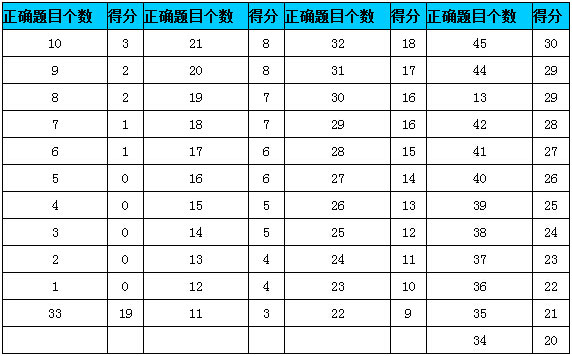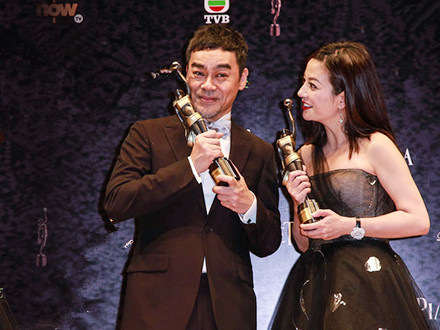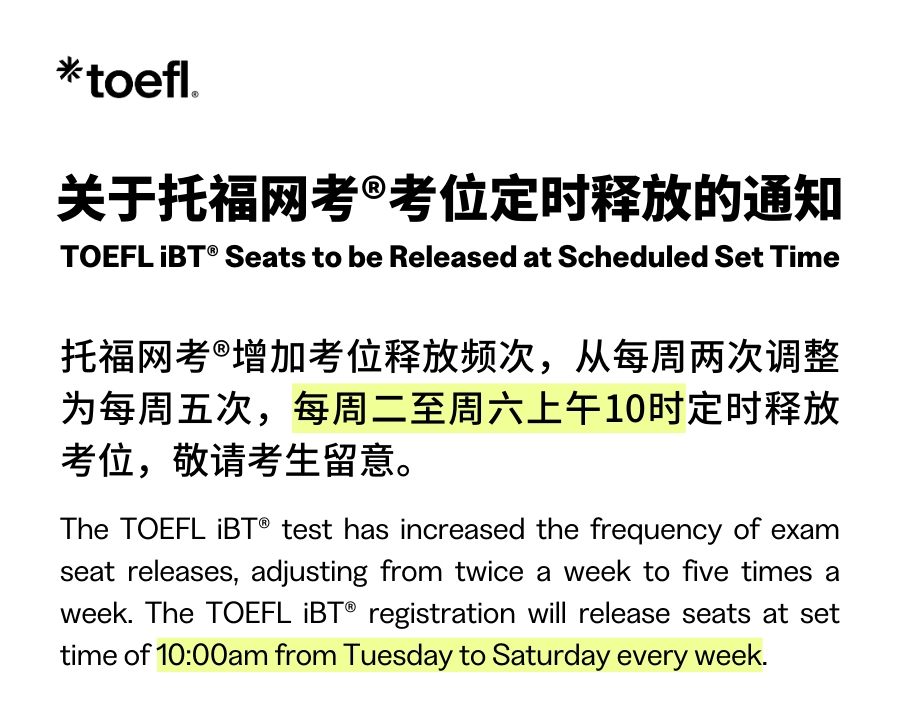小编为托福考生整理了托福考试背景材料“会飞的家具”,希望可以帮助考生更好的备战托福阅读考试,祝大家取得好成绩!
Imagine a future where your furniture flies, reacting and responding to your everyday needs. You could have an almost-sentient desk that jets off when it feels you’re over-working, or a remote control that floats over when you think you’ve lost it.
想象一下,未来你的家具会飞,还能满足与回应日常需求。当你工作过量时,智能书桌会自动飞离;当你以为遥控器丢了,它会自动浮现在你眼前。
In an interactive project dubbed “L’evolved,” Harshit Agrawal and Sang-Won Leigh, two researchers from the MIT Media Lab’s Fluid Interfaces Group, are exploring how to make everyday objects transform into “flying smart agents.”
来自MIT媒介流界面小组的两位研究者哈什特·阿格拉瓦尔与桑王·利,正探究如何让日常用品转变为“会飞的智能物件”。
“We really look at this as a way of making the objects around us kind of speak with us,” Agrawal said. “In the sense that they somehow know what they are doing, so they might prevent you from doing something wrong or light up your path in a dark environment.”
阿格拉瓦尔说:“事实上,我们希望能让身边的物品与自己对话,即物品从某种程度上了解你的需求,因此它们能避免你做出不当举动,或者懂得在黑暗中为你亮起一盏灯。”
So far, their project features drones acting as flying tables that adjust to your height, fly away once you’re done, or auto-eject if you start using the wrong pen on your homework. They also have a lampshade drone that hovers above you, focusing light on where you need it when you’re reading a book in the dark.
到目前为止,这项以智能飞翔为特点的家具计划中,有会飞的桌子能自动适应你的身高,一旦工作完成,它会自动飞离;有当你做作业时拿错了会自动弹开的钢笔;还有悬浮在你身边的灯罩,它会自动在黑暗中为你提供光亮。
To power their flying furniture, the pair used a motion capture system where a camera tracks everything in the room—including the person and the drone, which receives commands from the computer.
为了快速推动飞翔家具,两位研究者使用了动态捕捉技术,让摄像机对房间的每一个角落进行追踪,包括主人和该家具,然后通过电脑接受指令。
“The computer knows where the drone wants to go by tracking where the person is,” explained Leigh. “We are feeding that data from the computer to the drone so that it can move smoothly to the required position.”
利解释道:“电脑通过追踪人的位置,就能知晓飞翔的家具应去往何处。我们将电脑中的数据传输给家具,使其准确移动到指定位置。”
Currently, the duo faces two main challenges: stabilizing the drone, and feeding it a regular power supply (at the moment, it’s connected to a power socket).
如今,两位研究者面临着两大挑战:增强飞翔家具的稳定型,并实现充电功能(现在它们仍依赖电源插座)。
Drones can’t support much weight yet, so the team opted for a paper tabletop. They soon found, however, that if they placed the tabletop directly on top of the drone, it blocked airflow. To solve this problem, they made the distance between the drone base and its paper tabletop greater so it could keep flying.
飞翔家具还无法承受过多的重量,因此研究团队选用了纸质台面。然而他们很快发现,如果直接将台面搁到飞翔家具上,会阻碍飞行。为了解决这个问题,他们加大了飞翔家具底座和纸质台面的距离,以保证它能飞行。
Agrawal said that in the future, they could optimize stability by replacing a hovering desk with one that parks in front of users when they need it, then clears off when the user has finished their task.
阿格拉瓦尔认为,在未来,他们将优化飞翔家具的性能,用飞翔的桌子代替用户面前静态的桌子,当使用者工作完成后,桌子能自动离开。
Ultimately, the researchers are set on enchanting everyday appliances so that they surpass their limitations as static objects, and have a more socially collaborative relationship with their human owners.
最终,研究者将让日常家电也魔力四射,它们将超越传统静态物品的局限,与人类建立更好的协作关系。








